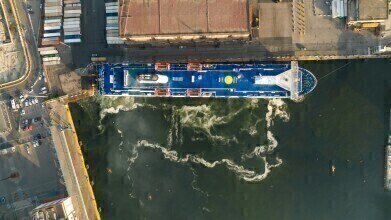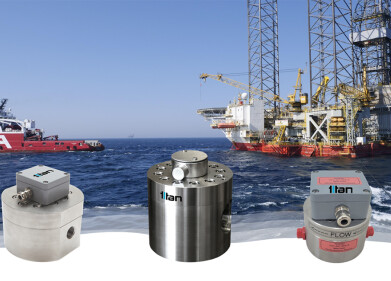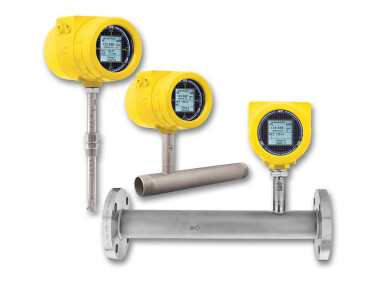Flow level pressure
What Are the Requirements for Custody Transfer?
Jan 03 2023
From refined fuels like petrol and diesel to raw materials like ethylene and benzene, custody transfer is a mainstay in the oil, gas and chemical industries. Advanced methods are used to track the movement of high-value commodities as they change hands. Naturally, accuracy is front of mind. This is where custody transfer methods come in.
Highly specialised instruments like Coriolis and ultrasonic flow meters are used to measure commodities like oil and gas with pinpoint accuracy. This helps ensure buyers receive what they pay for, and sellers are properly compensated for what they provide. Examples of custody transfer in action include:
- Crude oil being transferred from wells to pipelines
- Crude oil being transferred from trucks to refineries
- Refined products being transferred from plants to railcars
- Refined products being transferred from pipelines to storage facilities
The importance of accuracy
Accurately measuring how much product changes hands at each point of exchange is critical. Even the smallest measurement errors can translate to big losses for buyers or sellers. For example, inaccuracies of just 0.05% can cause major issues when crude oil is being transferred through large pipelines. In a recent case study, leading flow measurement device manufacturer Emerson estimates major US ethylene plants lose around US$1 million due to inaccurate measurements during custody transfer processes.
The key goals of custody transfer
A variety of laws, industry standards and protocols are in place to help maintain the highest levels of accuracy during custody transfer. Protecting the financial interests of both buyers and sellers is one of the key goals. Metering solutions help improve the accuracy of invoices as well as detect leaks that can result in product loss.
Instruments like Coriolis flow meters are also used to meet environmental regulations during custody transfer processes. Realtime access to flow measurement data helps operators detect leaks and spills as commodities change hands and take immediate action. Emerson cites the loading and unloading of trucks as a major emissions risk during methane custody transfer processes. Solutions like two-phase flow detection systems and advanced analytic tools are used to identify leaks, reduce emissions and ensure both parties comply with environmental regulation
Analytical tools are also ​widely used by refineries during production. Find out more about the growing role of automated technologies and artificial intelligence in 'Why do refineries need AI-driven analysis?'
Storing oil and chemicals after custody transfer
Accurate measurements aren’t the only priority when oil, chemicals and other valuable commodities change hands. Specialised storage solutions are also essential. Find out more about the different tanks used to store everything from refined fuels used by the Royal Navy to hazardous industrial chemicals in ‘Storage Tanks for Oil & Chemicals - Everything You Need to Know’.
Digital Edition
PIN 26.1 Feb/Mar 2025
March 2025
Analytical Instrumentation - Elemental Analysis for Quality and Process Control at Refineries, for Lubricants and Wear Metals in Engine Oils - Synthetic Lubricants: New Developments - Scaling...
View all digital editions
Events
Mar 31 2025 Hannover, Germany
Mar 31 2025 Beijing, China
Apr 02 2025 Saigon, Vietnam
Apr 02 2025 Atyrau, Kazakhstan
Apr 08 2025 Birmingham, UK





.jpg)













